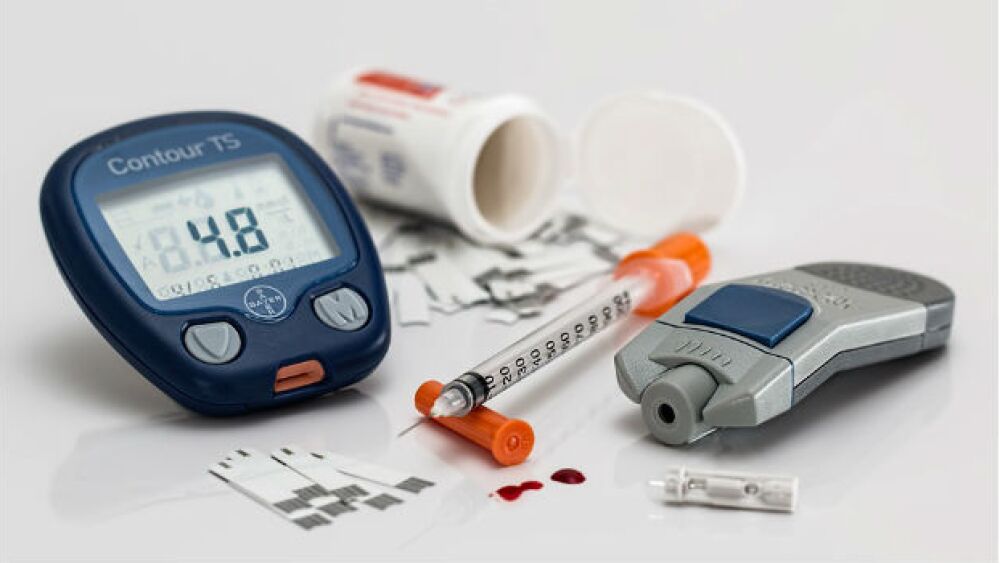The American College of Physicians suggested that some patients with type 2 diabetes can allow their blood-sugar levels to remain above those ideal targets that have been standard of practice.
Maintaining control of blood sugar levels has been a hallmark of diabetes maintenance for millions of patients. Now a major group of physicians has suggested that blood-sugar targets do not have to be as stringently managed as previously thought.
In a new guidance report published in Annals of Internal Medicine, the American College of Physicians suggested that some patients with type 2 diabetes can allow their blood-sugar levels to remain above those ideal targets that have been standard of practice. The new guidance will be easier for many patients to maintain, but the idea will certainly cause controversy among physicians.
In its new guidance, the ACP said patients, under the advice from their doctors, can now aim for a glycosylated hemoglobin, or HbA1C, level between 7 percent and 8 percent, Reuters reported. The new levels are higher than the traditional 6.5 percent to 7 percent, Reuters noted. HbA1C levels reflect a patient’s average blood glucose over a period of several months.
According to the ACP report, the doctors maintain that the tighter controls of blood sugar levels may not prevent complications from type 2 diabetes, which include amputations, kidney damage, cardiovascular complications and blindness.
“Treatment with drugs targeted to seven percent in contrast to eight percent does not prevent heart attacks or strokes, but it does result in substantial harm including low blood sugar, increased medication burden, and increased cost,” Dr. Jack Ende wrote in the ACP article, as reported by CBS. “The evidence for reducing serious complications was inconsistent. It was limited only to reducing less serious complications such as excess protein in the urine.”
The most common form of diabetes type 2 diabetes causes blood sugar levels to rise higher than normal. More than 30 million Americans are estimated to have diabetes, with about 90 percent being diagnosed with type 2 diabetes, according to the U.S. Centers for Disease Control. People with diabetes are likely to develop additional complications including cardiovascular issues. Diabetes is the leading cause of kidney failure and is the 7th leading cause of death in the United States
In the Annals article the ACP physicians made four major recommendations regarding treatment, according to the Reuters report:
- Physicians should personalize goals for blood sugar control that are based on “a discussion of benefits and harms of drug therapy, patient preferences, patient health and life expectancy, treatment burden and costs of care.”
- Doctors should aim for HbA1C levels between 7 and 8 percent in most patients.
- Physicians should consider “deintensifying drug therapy” in patients who have A1C levels less than 6.5 percent.
- Lastly, doctors should treat patients to “minimize low blood sugar symptoms and avoid targeting an A1C level in patients with a life expectancy less than 10 years because the harms outweigh the benefits.”
The new ACP guidance was based on disease control through drug therapy. However, Ende said patients should still focus on lifestyle changes such as diet, exercise and weight loss, which can improve A1C levels, CBS reported.





